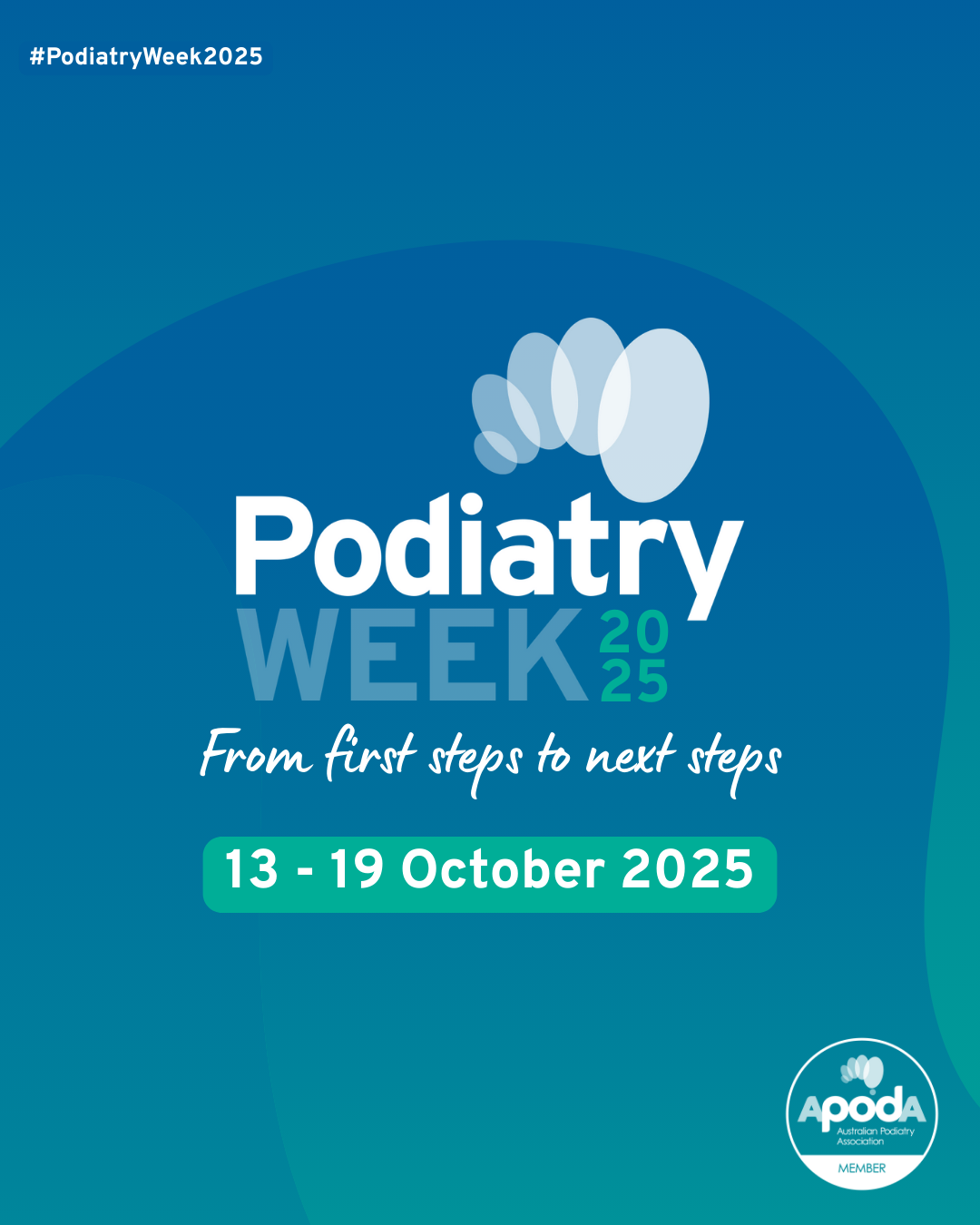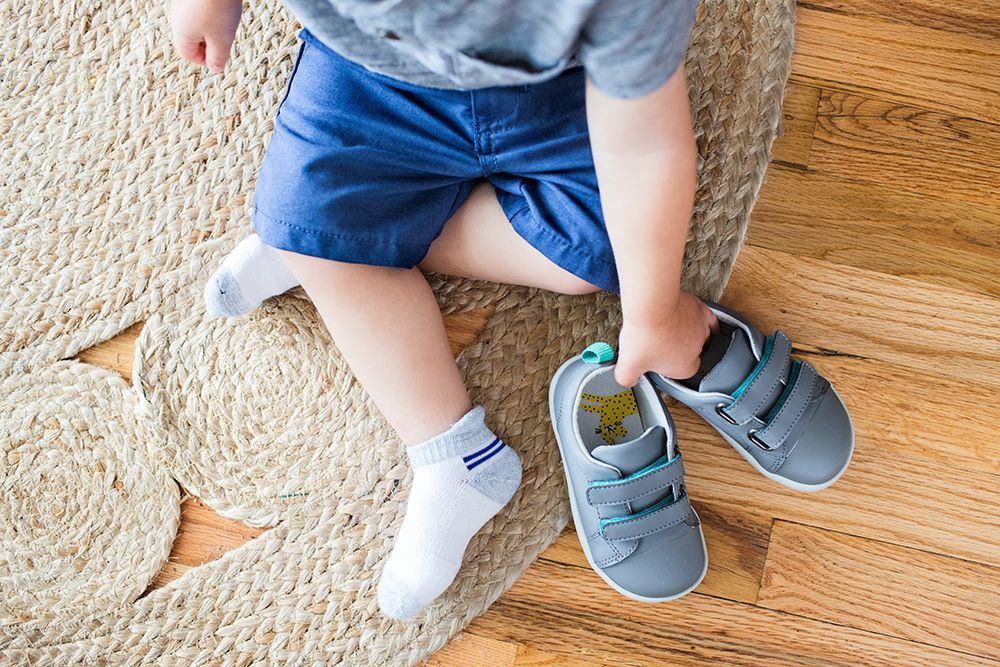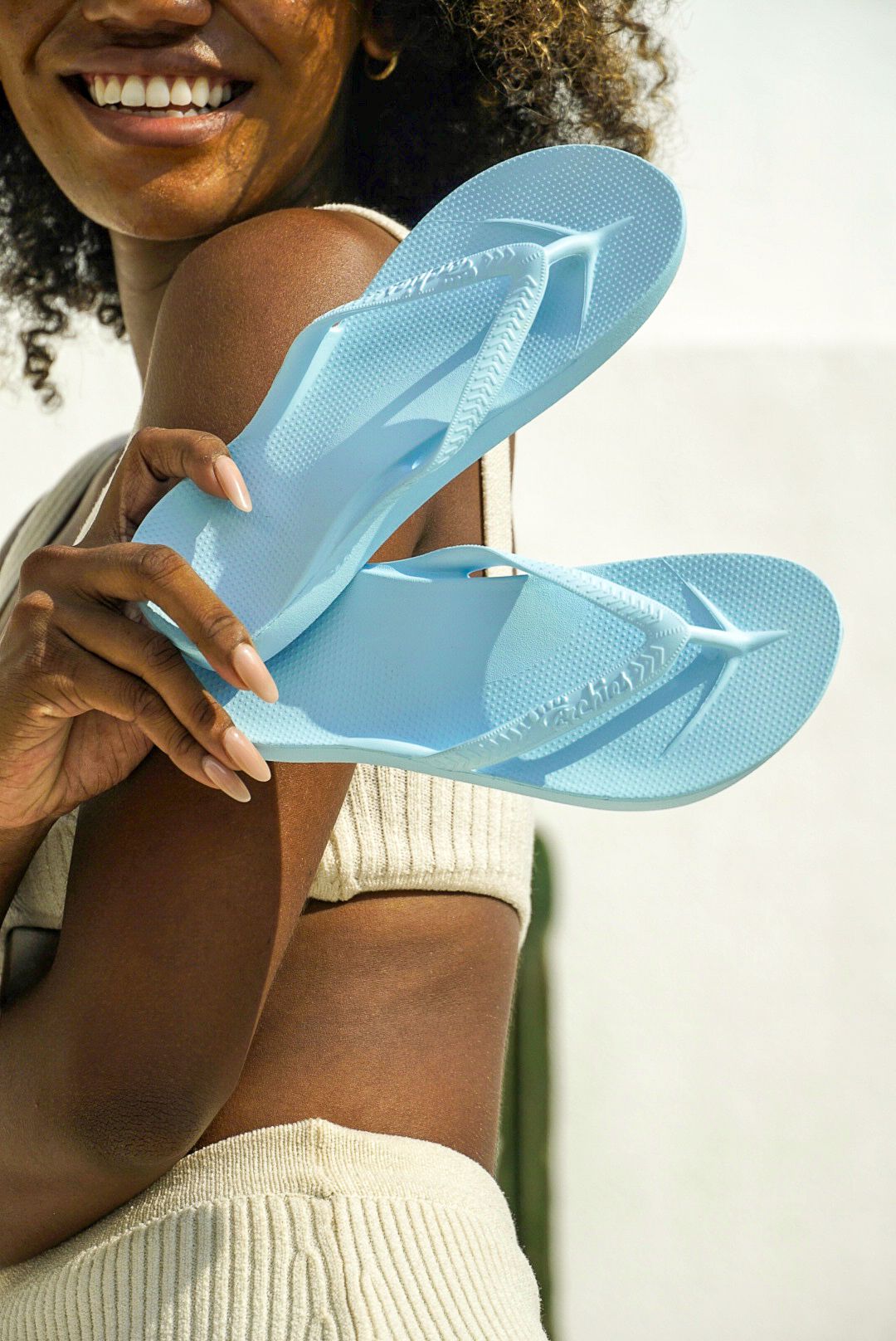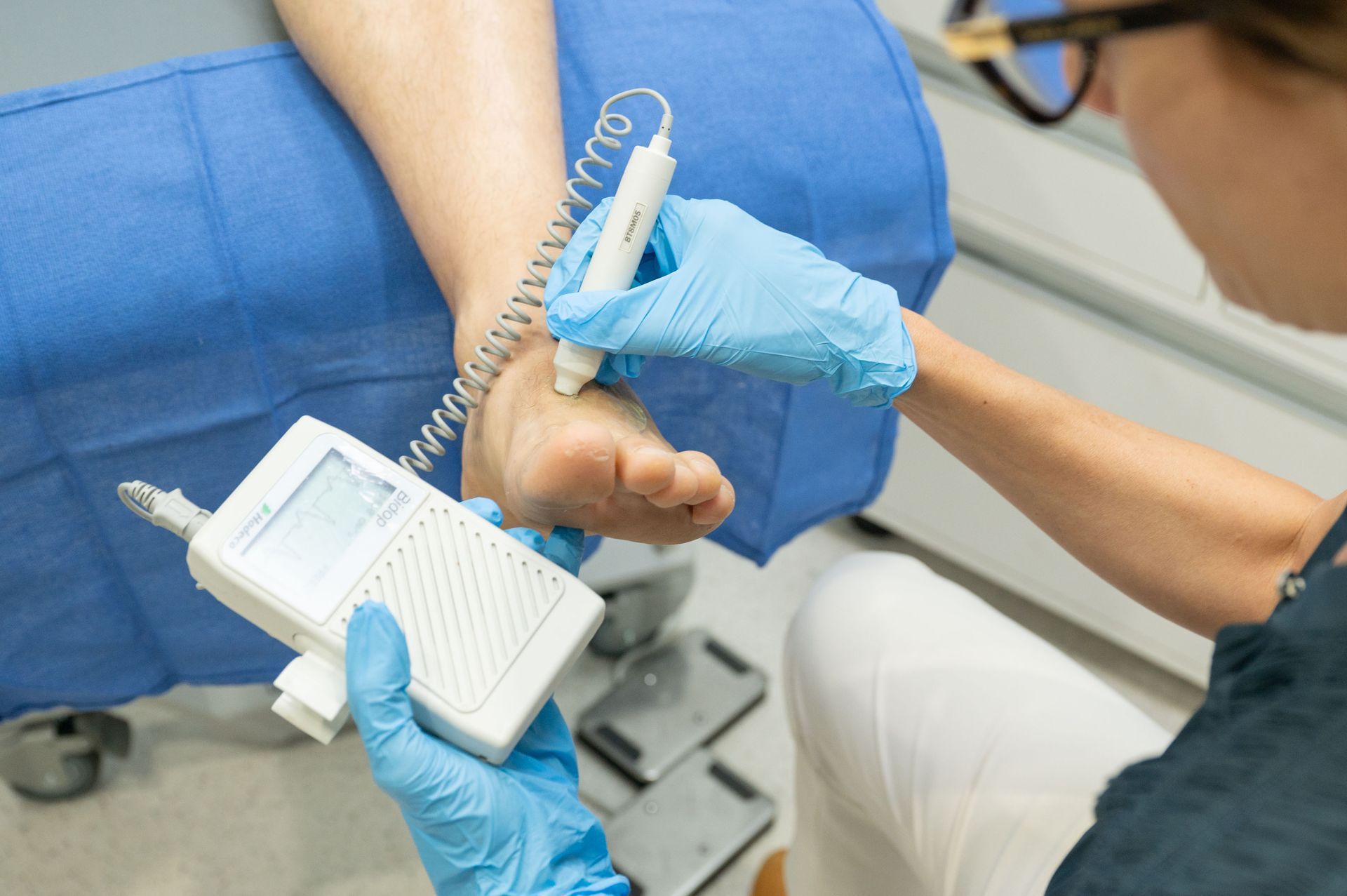Don't Let Ingrown Toenails Get You Down
Tips for Prevention
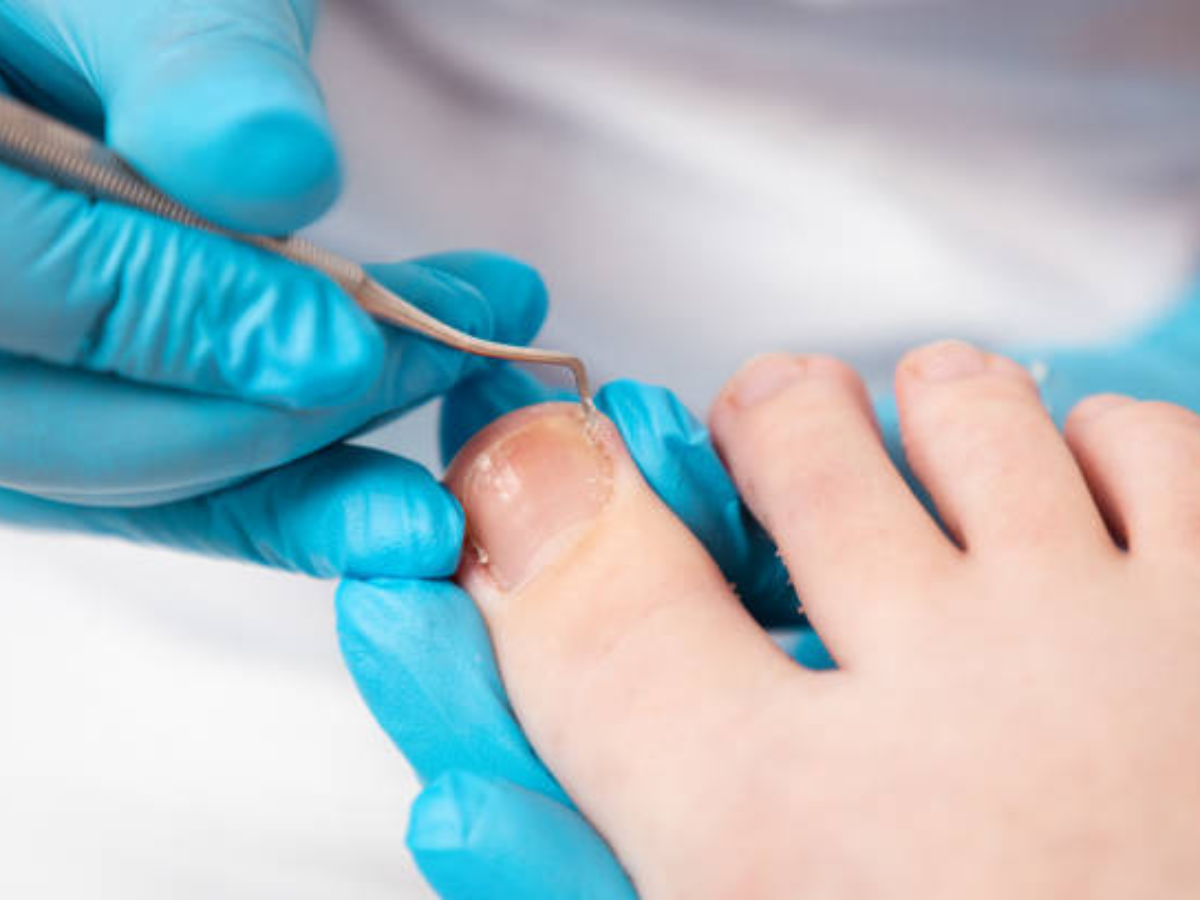
Ingrown toenails – just the thought of them is enough to make you wince in discomfort.
Whether you’ve suffered from them in the past or you’re currently dealing with one, there’s no denying they’re a total pain. At Junction Foot and Ankle Group, we’ve helped countless patients find relief from this ailment, so we’re here to explain some of the common causes and tips to prevent this pesky condition.
Let’s start with the basics.
Ingrown toenails occur when the corner or side of a toenail grows into the soft tissue surrounding the nail, causing redness, swelling, and pain. In some cases, the area may become infected and produce pus, making it even more uncomfortable.
So, what causes ingrown toenails? Some common contributors include:
1. Improper nail trimming technique: When you trim your nails too short or too curved, you run the risk of the nail growing into the skin on the side of your toe. This can cause pain, swelling, and even infection.
2. Trauma: Any kind of trauma to the toe or toenail can increase your risk of developing an ingrown toenail. This can include stubbing your toe, dropping something heavy on it, or even repetitive trauma from activities like running or jumping.
3. Poor Hygiene: Failing to keep your feet clean and dry can increase your risk of developing fungal infections, which can make ingrown toenails worse.
4. Genetics: Some people are simply more prone to developing ingrown toenails than others. If other members of your family have had them, you may be more likely to develop them as well.
5. Medical conditions: Certain medical conditions, such as diabetes, peripheral artery disease, or immune system disorders, can increase your risk of developing ingrown toenails.
You may now be wondering about proper nail trimming technique. First, soak your feet in warm water for about 10 minutes. This will soften your nails and make them easier to trim. Then, take a pair of clean, sharp nail clippers and trim straight across. Be sure to leave a little bit of white at the end of the nail.
One common mistake people make is trying to round the edges of their toenails. This can cause the nail to grow into the skin, leading to an ingrown toenail. Instead, leave the edges of your nails straight and use a file to smooth out any rough edges.
In addition to proper nail trimming technique, there are a few other things you can do to prevent ingrown toenails. Make sure your shoes fit properly and aren't too tight or narrow. Wear socks that wick away moisture to prevent fungal infections. And if you have a job or hobby that requires you to be on your feet for long periods of time, take frequent breaks to rest your feet and stretch your toes.
If you're experiencing the pain and discomfort of an ingrown toenail, there are some steps you can take to treat it at home: soak the foot in warm water for 15 to 20 minutes, 3 or 4 times a day, apply an over-the-counter antibiotic ointment, and cover the toe with a sterile bandage.
If these measures don’t work, it's important to seek treatment as soon as possible. In addition to being painful, ingrown toenails can also lead to infection and other complications if left untreated.
The Podiatrists at Junction Foot and Ankle Group can safely remove the offending portion of the nail and provide treatment for any infection that may be present.
Don’t suffer in silence – call us at Junction Foot and Ankle Group to get the help you
need to take the first step towards pain-free toes. Call us on 9250 1676 or click the link to book online.
If your ingrown toenail problem is recurrent, it would be best to book an appointment with MJ Taranto Foot and Ankle Podiatric Surgeons. If you’re unsure, ask the staff at Junction Foot and Ankle Group for their advice.
